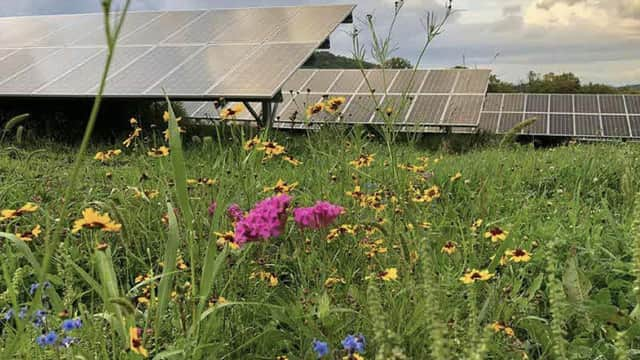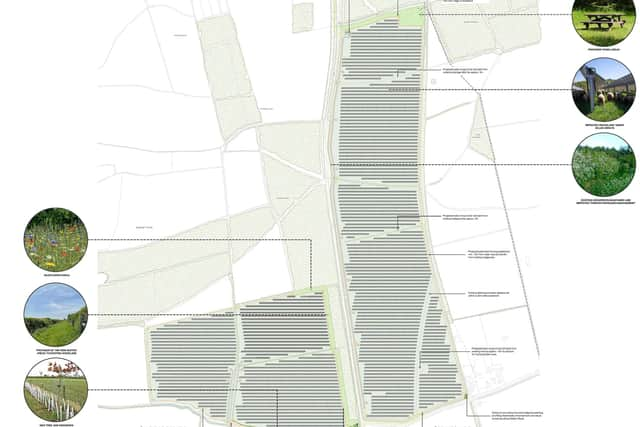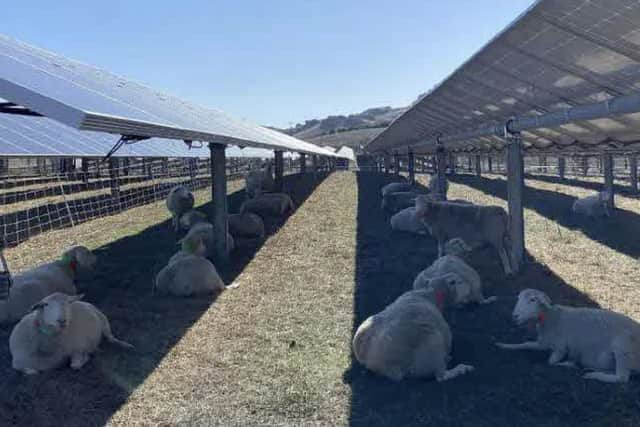New solar farm plans for land south of Sleaford


Mareham Lane Solar Limited’s application proposes building the solar farm on land flanking Mareham Lane’s eastern and western sides, as detailed in their submission.
The developers claim that the solar farm will generate approximately 49.99 MW of electricity, reportedly enough to power around 15,000 average UK households annually.
Advertisement
Advertisement
According to their statements, they anticipate significant benefits, purportedly aligning with national energy goals and local interests.


They estimate that the project is expected to offset 21,500 tonnes of CO2 annually, which they believe supports the UK’s carbon reduction goals.
Furthermore, they suggest that the project will provide reliable tax revenue and utilise existing grid infrastructure, potentially avoiding costly upgrades.
“The proposed scheme would provide a significant amount of decentralised electricity to the area and support the transition to electric vehicles and heating,” state the documents submitted to the council.
Advertisement
Advertisement
“It would also help to reduce the UK’s reliance on imported fossil fuels and help the UK gain more control over its energy provision and energy security, helping to stabilise domestic fuel bills.”


It adds: “The proposals will also help to minimise the economic and environmental cost of climate change, including potential catastrophic impacts on agriculture from a drier climate and economic impacts of climate change to the UK economy of up to £68 billion by 2100 in lost GDP.”
Critics note that Lincolnshire’s solar farms, if built on prime agricultural land, could hinder the county’s food production ambitions.
Lincolnshire County Council recently stated that it will not support solar panels on high-grade farmland (grades 1, 2, 3A), suggesting that the policy may consider grade 3B land, but only to facilitate access to poorer quality or brownfield land.
Advertisement
Advertisement
The project’s Agricultural Land Quality survey confirms avoidance of prime farmland to protect agricultural resources.
However, reports have concluded that 100 per cent of the surveyed land is limited to subgrade 3b, which is non-BMV (best and most versatile) land.
Despite this, the solar farm’s design features static, non-rotating solar arrays, which the applicant claims will allow for continued agricultural use, including sheep grazing.
They argue that this approach not only generates renewable energy but also preserves the agricultural heritage of the area.
Advertisement
Advertisement
In addition to the environmental benefits they list, the developers assert that the project seamlessly integrates into the local landscape.
Located in low-risk Flood Zone 1, the farm’s planning accounts for flood risks, highlighting responsible development.
The council will make a decision on the application in the new year.
There is already a solar farm constructed at Burton Gorse and at nearby Burton Pedwardine, while Anglian Water has proposals in the pipeline for a major new reservoir between Scredington and Swaton.